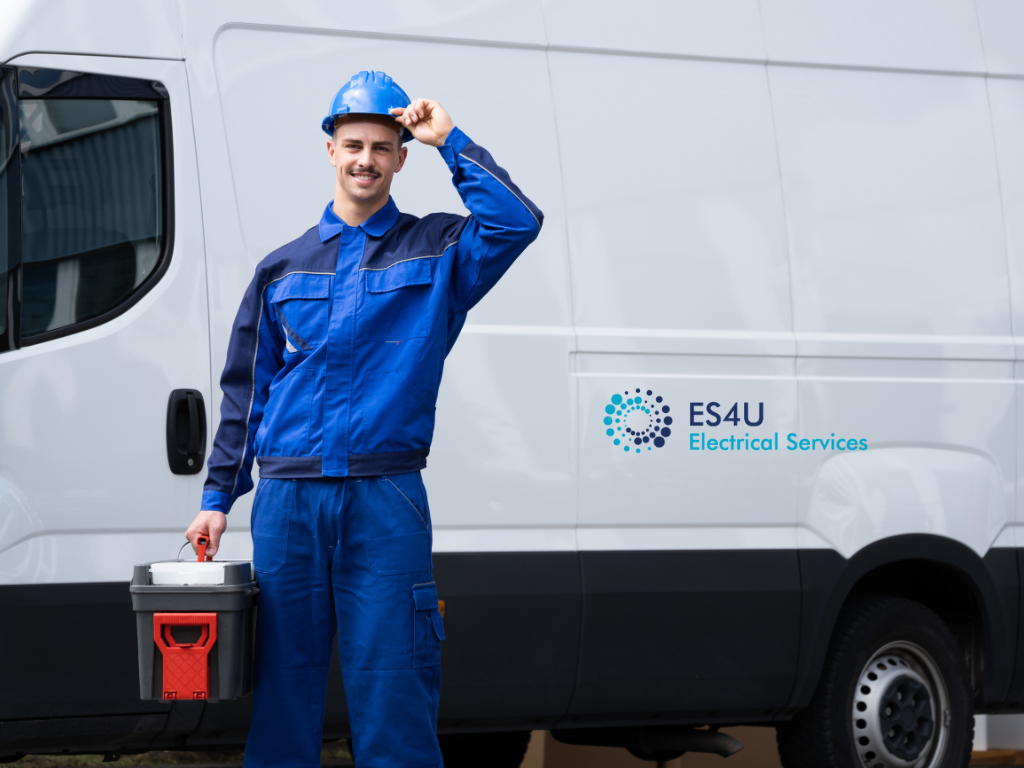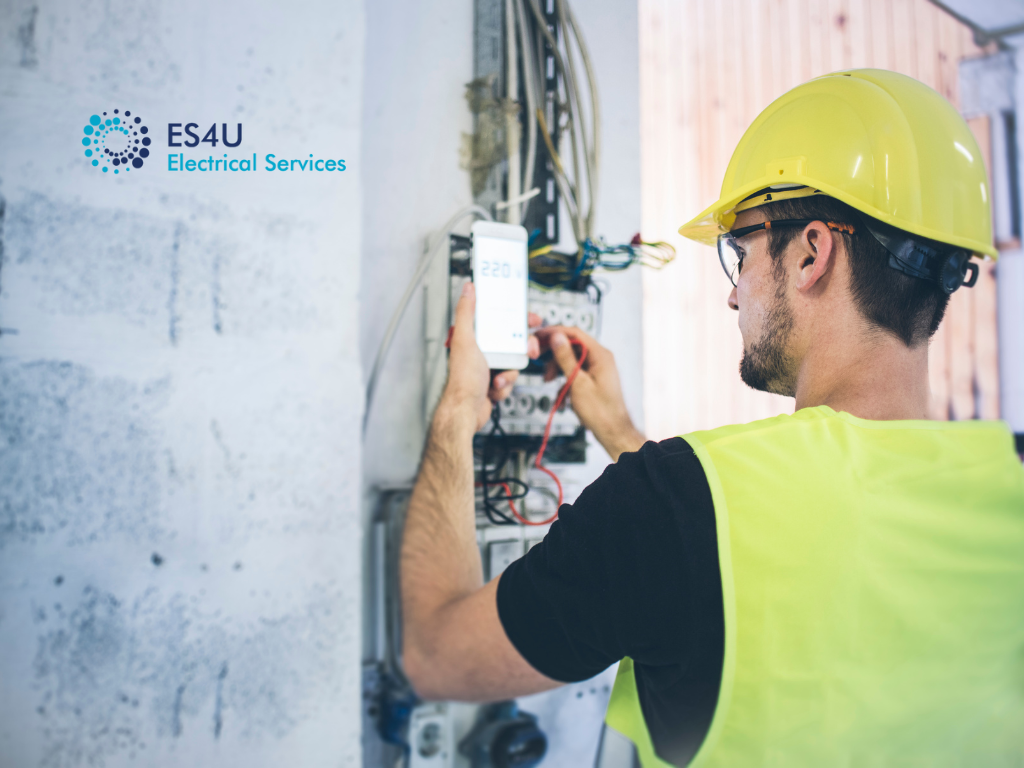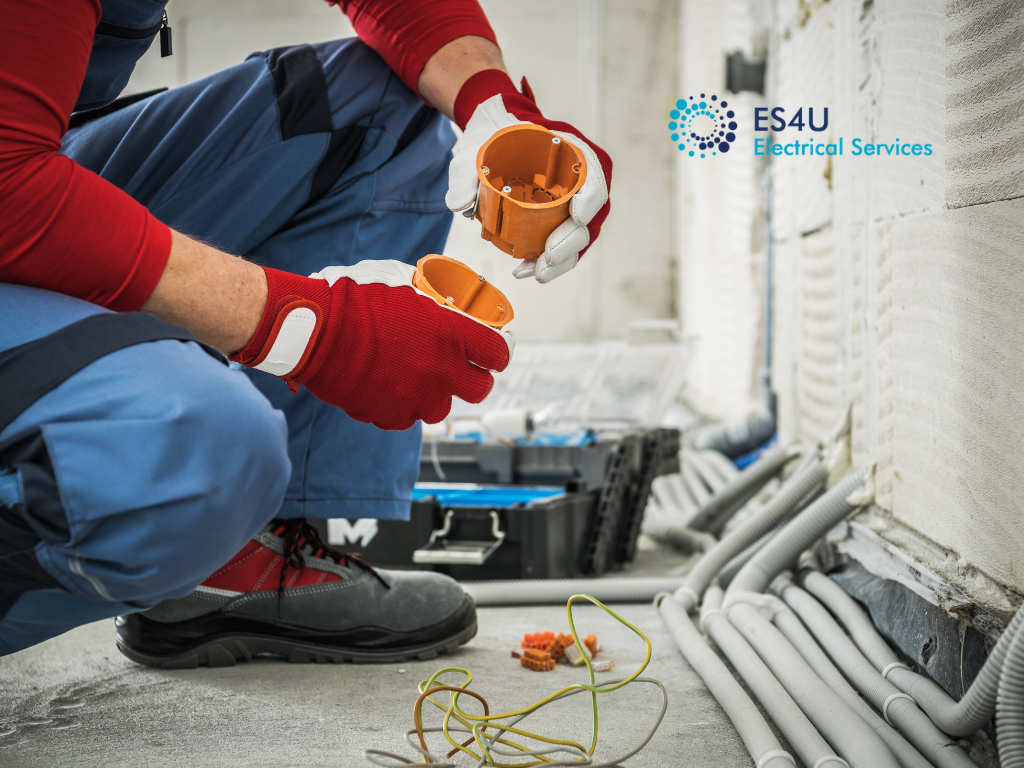
Building companies need work done right the first time. A licensed industrial electrician sydney brings the training, tools, and experience that complex sites demand. From temporary power to final commissioning, they keep projects safe and compliant. Licensing matters. It shows the electrician understands current standards and local rules. It also protects your project with proper testing and documentation. This reduces rework and keeps inspectors happy.
Communication is another big win. A good industrial spark coordinates with site managers, plumbers, HVAC, and steel teams. They sequence tasks, avoid clashes, and keep the program moving. The result is fewer delays and cleaner handovers.
Safety sits at the centre of every task. Lock-out procedures, test equipment, and clear signage prevent incidents. With the right crew on site, you get consistent quality and less downtime. That means a smoother build and a better outcome for your client.
industrial electric service that meets construction deadlines

Planning that prevents delays
Reliable industrial electric service starts with solid planning. The team maps loads, routes, and switchboard locations early. They confirm lead times for cable, boards, and control gear. This avoids last-minute scrambles and keeps the schedule intact.
Execution that adapts on site
Even with a strong plan, things change. Skilled crews adjust quickly when walls shift or equipment specs update. They reroute, resize, and re-label without drama. The focus stays on delivering safe power where and when it’s needed.
A simple checklist to stay on track:
Confirm drawings and load schedules before rough-in
Lock in procurement for long-lead items
Stage works by area to suit other trades
Test and tag in phases, not at the end
Clear reporting helps too. Daily notes and progress photos show what’s done and what’s next. Site managers can make quick calls, and the program stays predictable.
Delivering industrial electrical solutions for complex projects
Every site is different. That is why builders look for industrial electrical solutions that fit the job, not a one-size approach. Warehouses need high-bay lighting and robust distribution. Food plants need clean, corrosion-resistant installs. Data and control systems need careful segregation to prevent interference. Good solutions start with listening. The electrician learns the process, the equipment list, and the client’s priorities. Then they design cable paths, protection, and controls that support safe, efficient operation. They also allow for future growth, with spare capacity in boards and trays.
Commissioning is critical. Circuits are tested, labelled, and documented. Breakers are set to the right curves. Emergency and exit lighting are verified. When the switch is turned on, everything works as intended. Finally, handover packs make life easier after practical completion. Builders and clients get as-built drawings, test results, and maintenance notes. This saves time on defects, helps facility teams, and sets the site up for smooth operations.
Why experience matters in industrial electrical fit-outs tasmania
Understanding local conditions and compliance
Experienced crews know that industrial electrical fit-outs tasmania often face unique challenges. Harsh weather, remote locations, and strict regional compliance can affect how projects are planned and delivered. A licensed industrial electrician brings the know-how to navigate these issues without slowing the build.
Efficiency through experience
When a team has handled similar fit-outs before, they work faster and smarter. They anticipate supply chain delays, choose materials suited to the climate, and adjust designs to meet both client and inspector expectations. This level of skill helps building companies deliver on time and within budget.
Seamless planning and execution of an industrial fit-out
A smooth industrial fit-out comes down to careful planning and clear coordination. From the first design meeting, the electrician maps power needs, lighting layouts, and control systems. This ensures every element fits into the construction schedule without clashes or rework. During installation, the crew follows a logical sequence, starting with mains supply, then distribution boards, then final connections. This keeps the site tidy and other trades working without interruption.
At the end, thorough testing and documentation give the builder confidence the system is safe and ready for use. A quality industrial fit-out also allows for future expansion. By including spare capacity and accessible wiring routes, the system can be adapted as the facility grows or changes use.
Long-term value for building companies

Building safer and more efficient systems
Partnering with skilled electricians doesn’t just deliver a working system on day one. It builds long-term reliability into the project. A well-installed system means fewer breakdowns, lower maintenance costs, and a safer environment for workers.
Supporting future upgrades
Licensed teams design with the future in mind. Whether it’s adding automation, expanding production, or upgrading to more energy-efficient equipment, the electrical backbone is ready to handle it. For building companies, this means fewer headaches if a client calls back for upgrades years down the track. By choosing the right industrial electrician from the start, building companies protect their reputation, keep clients happy, and reduce the risk of costly rework later on.